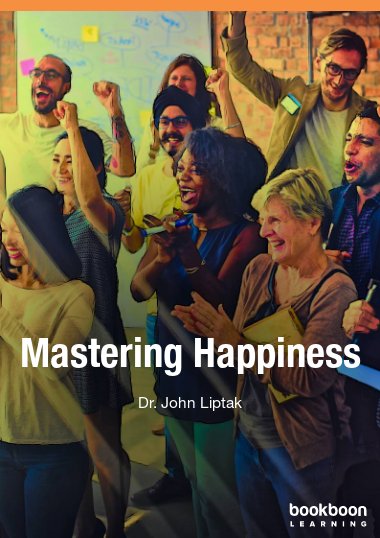Happiness is an emotional state encompassing feelings of joy, satisfaction, contentment, and fulfillment. While happiness has many different definitions, it involves the combination of positive emotions and life satisfaction. This book helps you…
- Assess your current level of happiness. Positive psychology researchers use the term 'subjective well-being' when they talk about happiness. Subjective well-being focuses on your overall personal feelings about life in the present. This book will help you apply two easy methods for calculating happiness daily.
- Enhance your current level of happiness in four vital components of happiness – simplicity, purpose, spirituality, and optimism. This book help you increase life happiness in each of these four areas.
About the Author
Dr. John J. Liptak is an internationally-recognized author with thirty years of work experience providing counseling. He has authored over 100 workbooks with Ester Leutenberg, 31 career assessment instruments, and ten books. John earned an Ed.D. in Counselor Education from Virginia Tech. He lives in Radford, Virginia, in the United States and is President of the Center for Career Assessment, Inc. John has written ten books for Bookboon.


